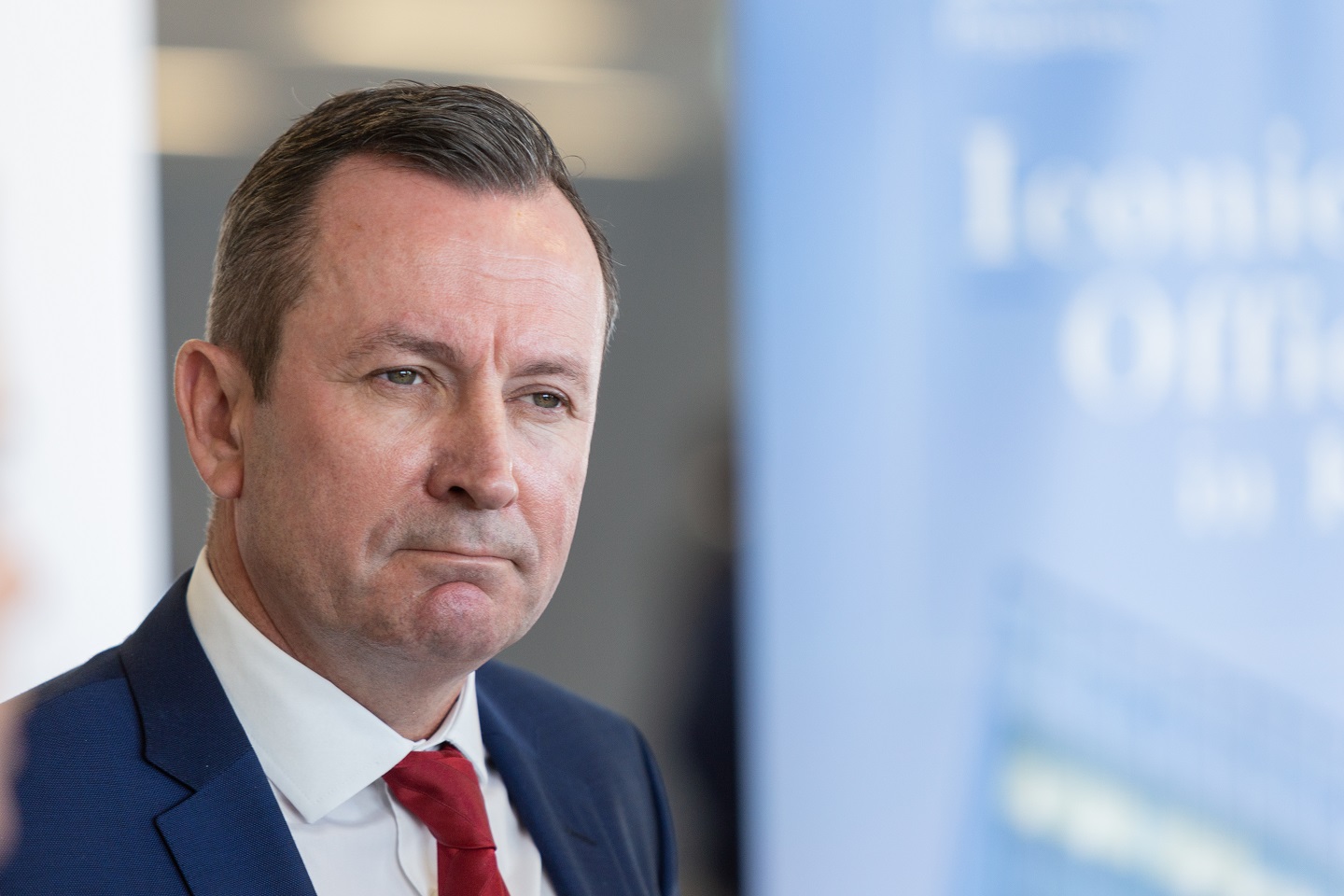This past month’s election has provided WA Labor with a rare opportunity to change the political landscape.


Reform of the Legislative Council could emerge as the defining issue of the McGowan Labor government’s second term.
When asked about the matter during the election campaign, Premier Mark McGowan’s response was that the prospect of upper house reform was “not on my agenda at the moment”.
And that was probably the case, despite the warnings of then Liberal leader Zak Kirkup that voters should not give Labor total control (a majority in both the council and the Legislative Assembly, where governments are formed).
There was general agreement among commentators – including this columnist – that despite another expected strong win for Labor, it was unlikely to win 19 seats in the 36-seat chamber.
After all, Labor could only manage to win 14 seats last time.
I said it would have to be a really good day for Labor to end up with a majority. And guess what? Mr Kirkup’s fears proved well founded.
So, what is it about Labor and the upper house?
The party has never had a majority in the chamber, with its red leather chairs and seen as a bastion of conservatism.
In fact, it is a lingering resentment within Labor ranks that could force Mr McGowan’s hand.
The reality has been that Labor governments have always had to negotiate with Liberal and or County/National Party MLCs, and more recently the Greens, to get legislation passed.
Labor felt it was always governing with one arm tied behind its back as many of its measures were rejected.
My introduction to this resentment came when reporting Labor state executive meetings for The West Australian in the 1970s.
Party members who won endorsement to contest upper house ‘provinces’, as the seats were called then, had a standard response.
They would thank the delegates for their support, promise to campaign hard for election, and then, when the opportunity arose, vote to abolish the chamber.
This produced strong applause.
Abolition of the upper house had also been Labor policy in other states, with mixed success.
Labor MPs had abolished the Queensland upper house in the 1920s, and the party also achieved a majority in the NSW chamber in the 1960s.
But when push came to shove in Sydney, some MLCs baulked at voting themselves out of a cushy part-time job.
The NSW council lives on. Its members have been full time since 1978.
Unlike the Senate, which is nominally a states’ house with equal representation from each state regardless of population, upper houses are supposed to be houses of review.
Bills passed by the assembly are scrutinised line by line, ambiguities removed and sometimes amended. Any change is returned to the assembly for endorsement.
WA Labor revised its attitude to abolition after Liberal premier Sir Charles Court cunningly pushed through legislation in the late 1970s, which noted that the number of MLCs could not be reduced, or the chamber abolished, without approval of a referendum.
The Liberals and Nationals used their majority, of course, to pass the measure.
Labor realists acknowledged there was little chance of gaining both a majority and winning a referendum on the abolition issue, so the party decided to press for reform.
The current system has applied from 2005 at the same time as Labor premier Geoff Gallop’s electoral affairs minister, Jim McGinty, pushed through one vote-one value in the Legislative Assembly.
The price for gaining Greens support to pass the measures in the upper house was the present lopsided ‘ticket’ election system for the council, where minor parties can get members elected with only a handful of votes.
So, there is the ludicrous situation where anti-vaccination and legalising cannabis candidates could win seats for the next four years with embarrassingly few first preference votes thanks to extraordinarily complex preferencing arrangements.
Don’t be surprised if Mr McGowan asks the independent electoral redistribution commissioners to review the current system where six MLCs are elected from each of the six regions – three metropolitan and three regionals – with its lopsided regional weighting of votes.
A more modest weighting for regional votes would be included.
But ticket voting, which is the practice of simply placing ‘1’ above the line for a particular party, has to go.






